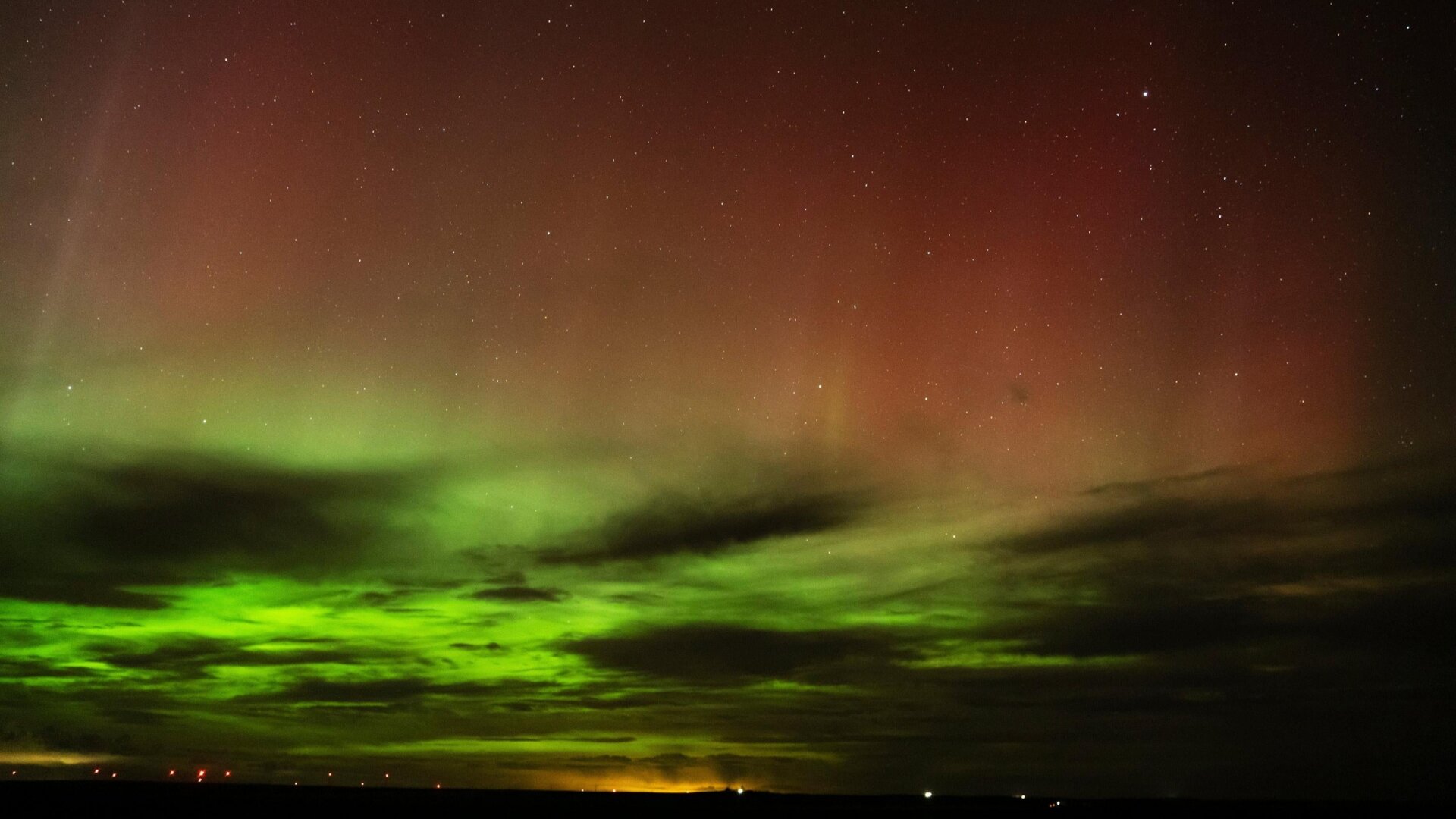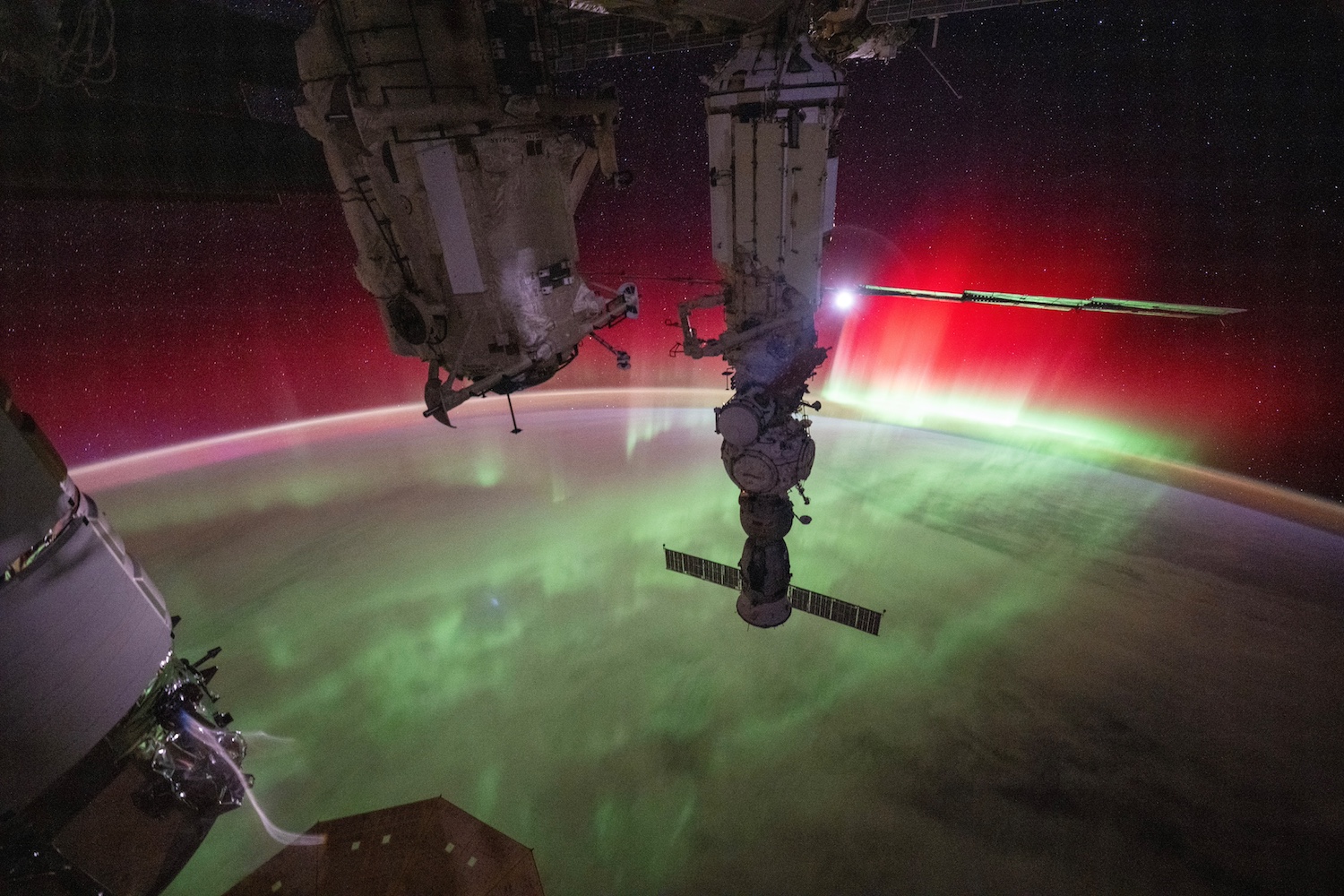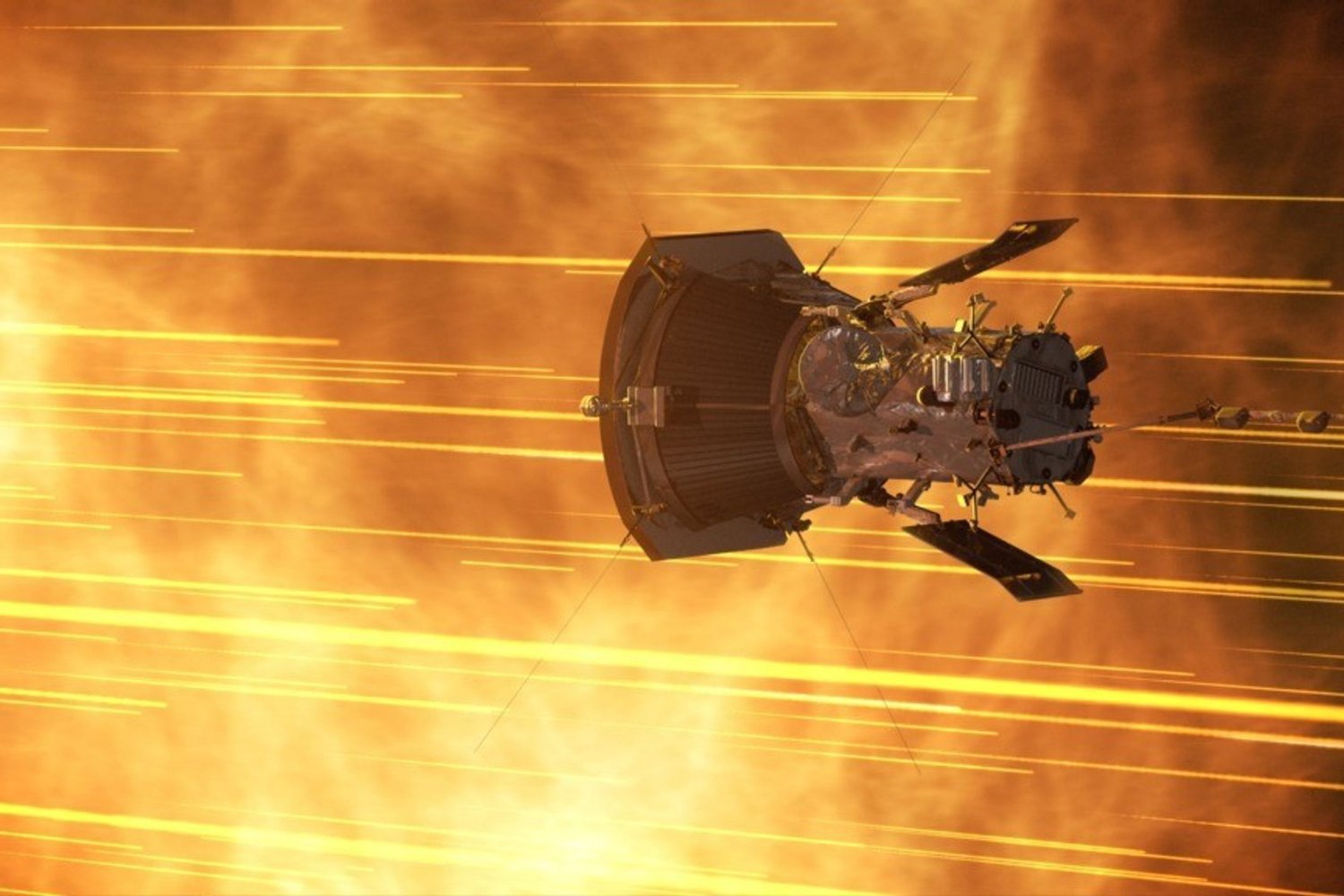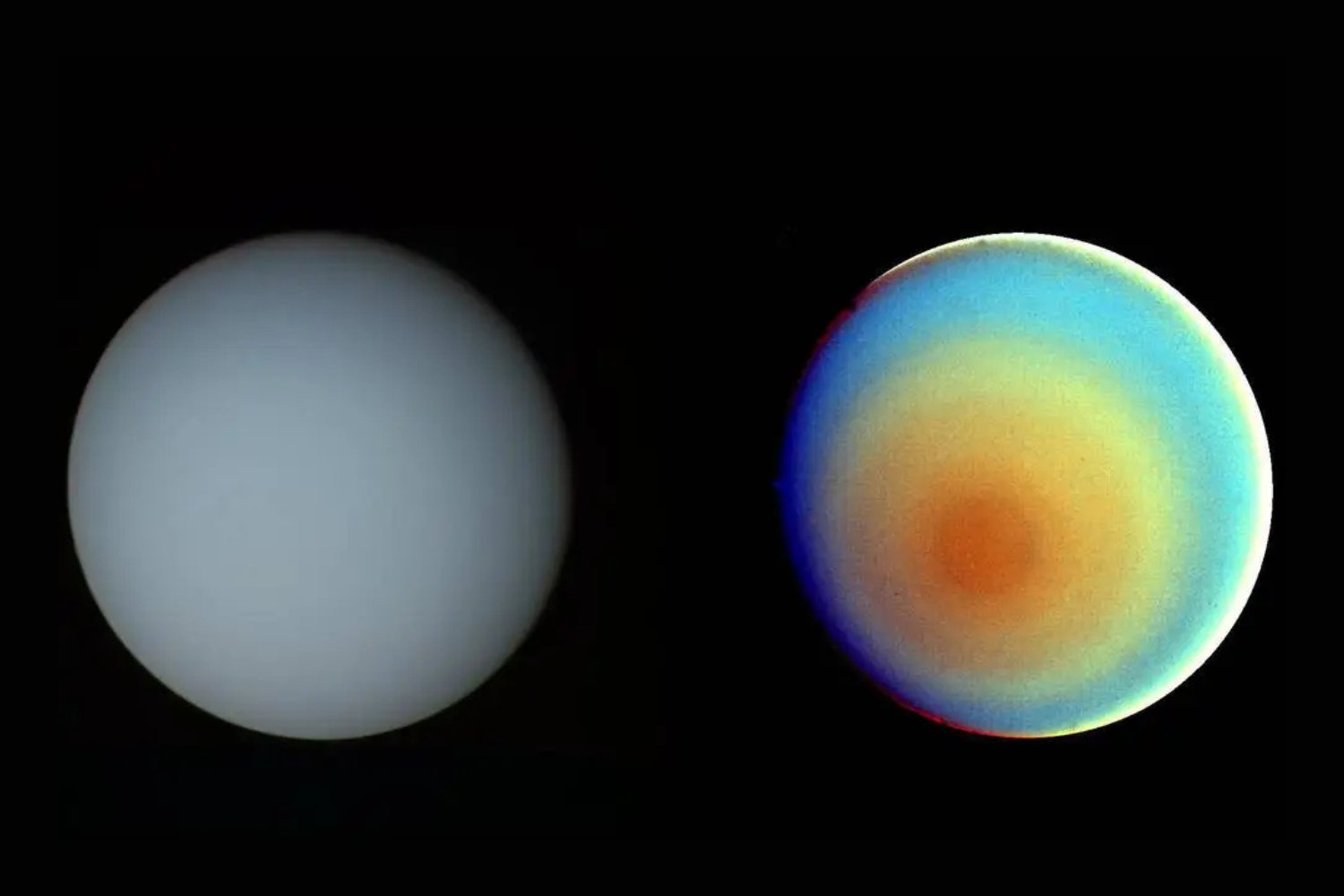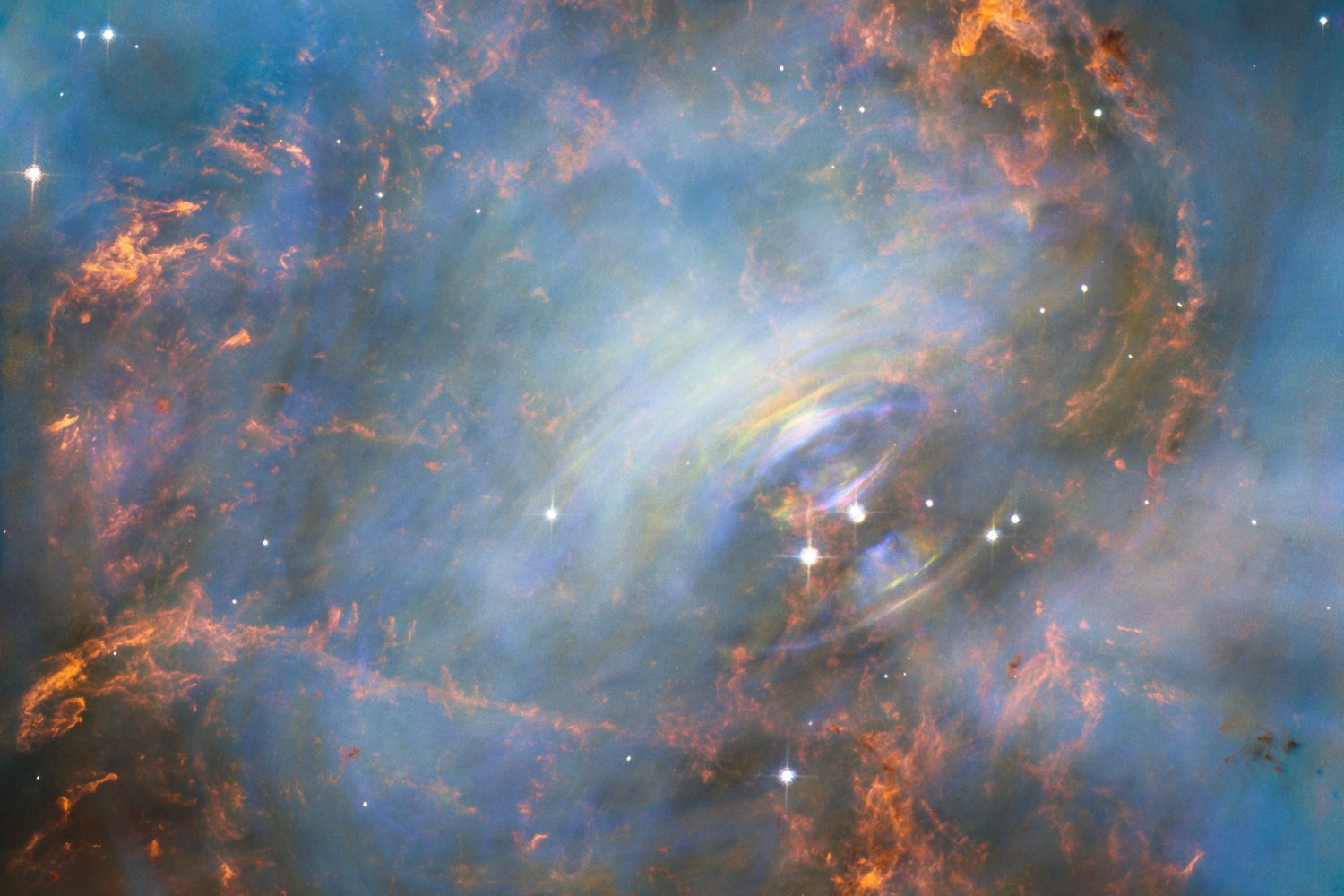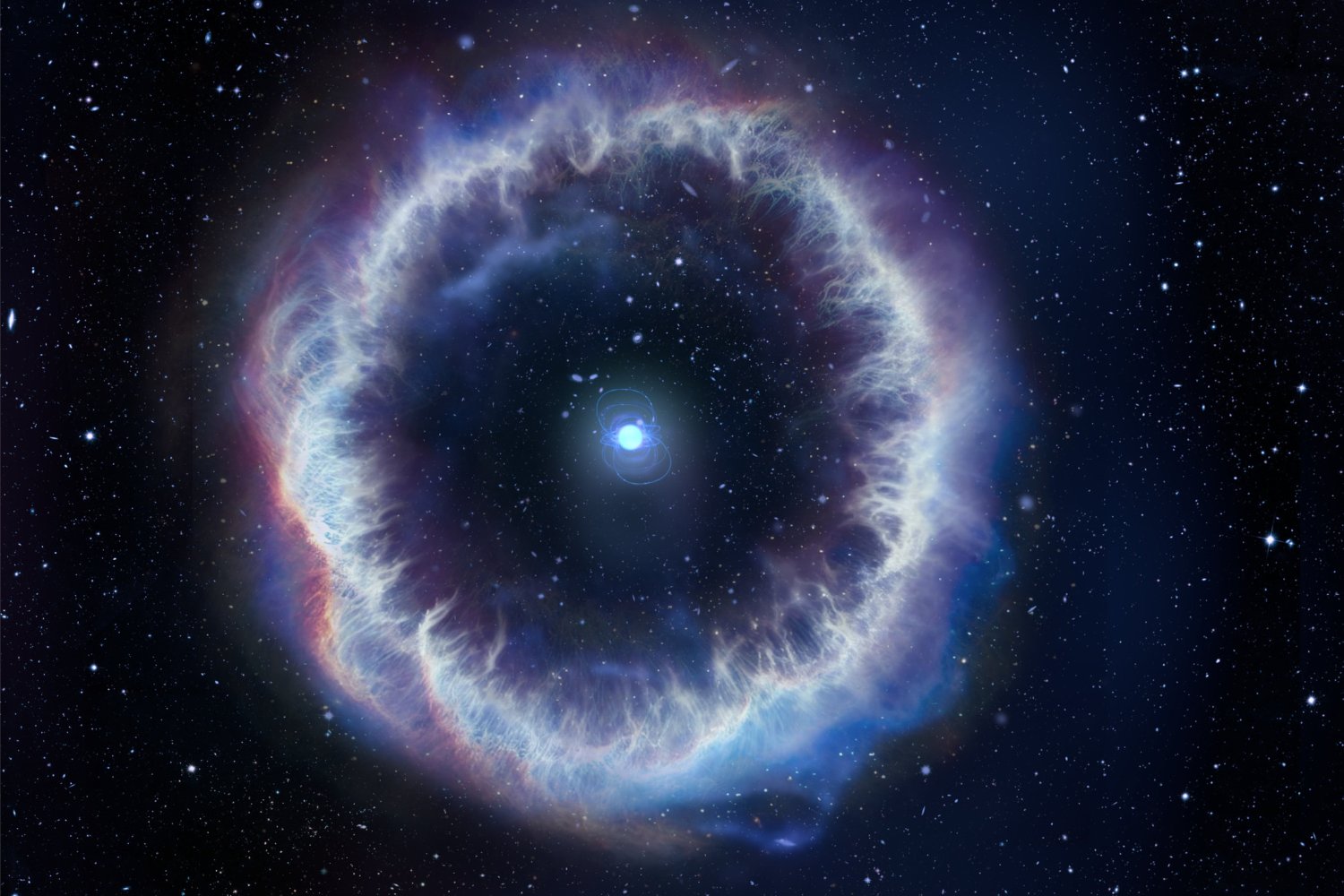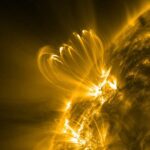A solar storm this week means the Northern Lights are taking a trip south. The celestial display, also known as the Aurora Borealis, is expected to be visible in more than a dozen U.S. states on Thursday night, according to the Aurora forecast from the University of Alaska Fairbanks’ Geophysical Institute.
Update: July 10, 3:58 p.m. ET: An article from Earth Sky contests the forecasts offered by the University of Alaska Fairbanks’ Geophysical Institute. We are currently following up on these claims and will revise this article should an updated be warranted.
Update: July 10, 4:49 p.m. ET: In response to questions, a University of Alaska spokesperson indicated to Gizmodo that the Geophysical Institute stands by its forecast. “This prediction, several days ahead of time, is based on models run by the Space Weather Prediction Center, a part of NOAA,” wrote University of Alaska space physicist Don Hampton in an emailed statement. Like any forecast, it is liable to change or not come true, Hampton further explained. “There are only a few satellites and instruments dedicated to collecting these data, so the models typically have a wide range of predictions since the observations are relatively sparse.”
Update: July 11, 10:27 a.m. ET: In response to a Gizmodo query, a NOAA Space Weather Prediction Center spokesperson said “some outlets have reported that auroras will be visible from mid-latitude states due to dated predictions from recurrence-based forecasts,” as they explained in an email.
The source of these potential auroras is something called a coronal hole. These are large areas on the Sun with weaker magnetic fields, which let out solar winds at high speeds. These solar winds can cause disturbances in Earth’s magnetic field, and sometimes result in auroras, the spokesperson explained. The solar storm predicted for Thursday, it would appear, is likely to be much weaker.
To predict solar activity, scientists use something called the Carrington rotation. This is how long it takes for the Sun to make a full rotation. This method is useful for tracking coronal holes, which can last for several rotations. The forecast for this Thursday’s auroras was based on a coronal hole that caused a lot of geomagnetic activity the last time it faced Earth. But as the NOAA spokesperson explained, this hole has now shrunk.
Even though the hole has shrunk, a different type of solar event, called a coronal mass ejection (CME), was noticed earlier in the week. “As a result though, we still only anticipate the possibility of unsettled to active levels, with a slight chance of G1 storm levels, which may manifest as a faint glow visible when looking North from the states bordering Canada,” the spokesperson wrote.
Importantly, predictions can change, which is why the team monitoring these events encourages everyone to keep updated through their subscription service.
Original article follows.
The Kp-index, a global measure of geomagnetic activity, goes from zero to nine. On July 13, it is expected to hit six. Anything above a four is considered a storm, and a six is considered a “moderate storm.” If the weather cooperates and the skies are clear, people across the northern half of the U.S. should be able to get a peak of the colorful phenomenon.
From northeast Washington and Montana to South Dakota, Michigan, and Maine—the Aurora is expected to be visible overhead. For those even farther south—from Oregon and Nebraska to Indiana and Maryland— the lights will be visible on the horizon. Of course, most of Canada will also be treated to the juiced-up sky show.
“Auroral activity will be high(+),” wrote the University of Fairbanks in a statement. “Weather permitting, highly active auroral displays will be visible overhead from Inuvik, Yellowknife, Rankin and Iqaluit to Vancouver, Helena, Minneapolis, Milwaukee, Bay City, Toronto, Montpelier, and Charlottetown, and visible low on the horizon from Salem, Boise, Cheyenne, Lincoln, Indianapolis and Annapolis.”
The Aurora Borealis is caused by the interplay of charged particles in the polar regions of Earth’s atmosphere and our planet’s magnetic field. Solar storms create solar wind, which can unleash a stream of charged particles and plasma (called a coronal mass ejection) strong enough to penetrate and pull Earth’s magnetic field. When that field inevitably springs back into place, it creates ripples of energy that excite gas molecules in the upper reaches of our atmosphere.
Those high-energy particles, traveling along magnetic waves, create the appearance of colorful glowing curtains or streaks in the sky. The stronger the solar storm, the more visible an Aurora event will be in more places. The glimpses of the Northern Lights down south this week are bound to be exciting but don’t expect spectacular sky-filling sheets of light in Annapolis, Maryland. Likely, the Aurora Borealis will show up in farther-afield locales as a more subtle show.
In addition to clear skies, Aurora hunters should seek to find somewhere away from light pollution, ideally as far above sea level as possible, to get the best view. Between 10 P.M. and 2 A.M. are the typical peak hours for your highest chances of witnessing the eye-catching display, according to the National Space Weather Prediction Center, but local timing will depend on when the sun sets.
This week’s burst of solar activity is bigger than average, but it’s not entirely out of the ordinary. An 11-year solar cycle is expected to peak in 2024, so in recent months there’s been more Aurora Borealis news than normal. In April, the Northern Lights were visible as far south as Arizona due to a severe solar storm that even carried the potential to disrupt the power grid and spacecraft. In August 2022, another lesser storm event brought the Aurora down to Maine and parts of Michigan.
